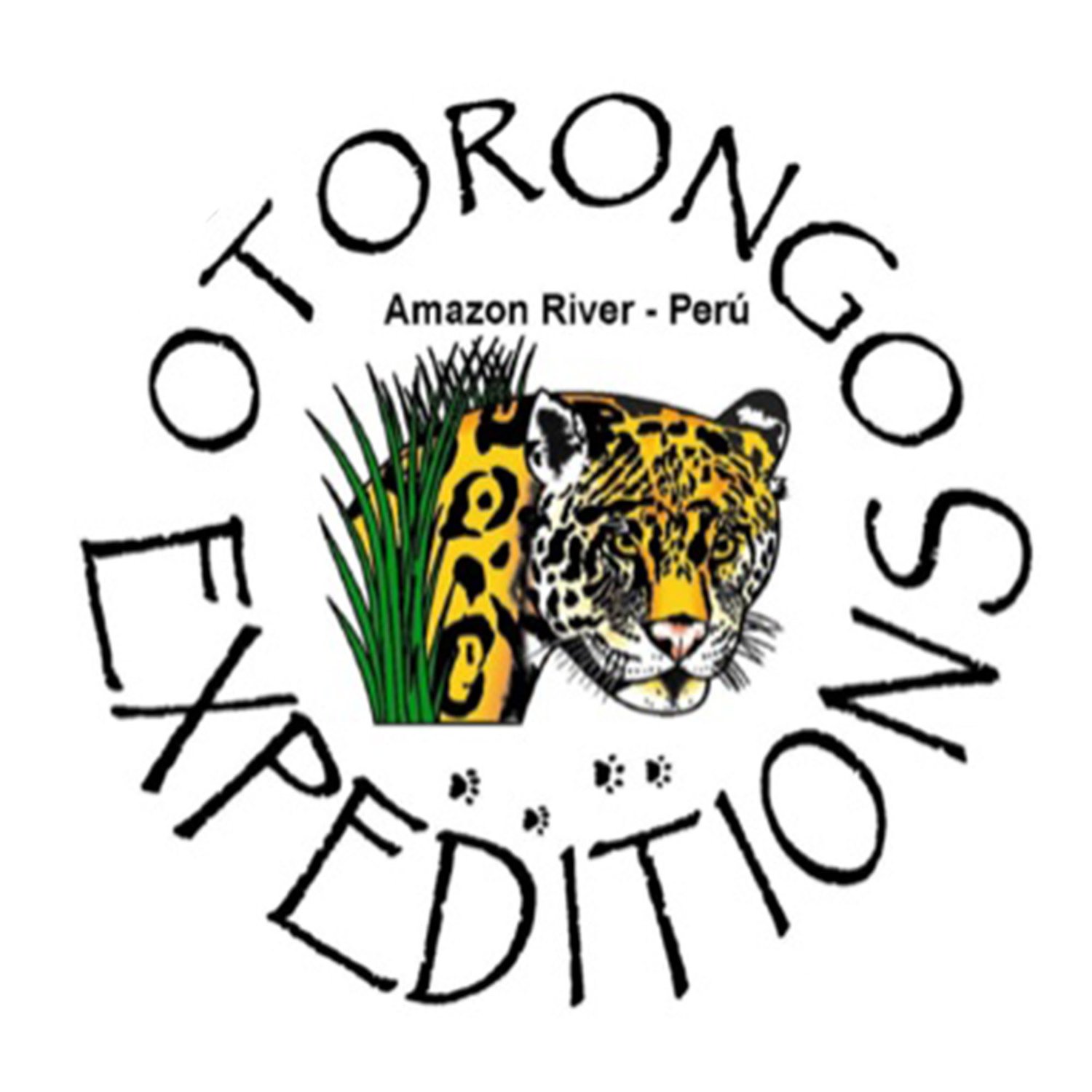First registered sighting of the Maguari Stork in Iquitos , Peru
The first registered sighting of the Maguari Stork in Iquitos Peru.
The 15th of August, I received a call from a fellow Naturalist who happens to be a professor of Botany in the local university, Mr. Cisco Ramirez. The call followed a photo of a large white bird, requiring identification. I jumped and grabbed my Birds of Peru book and opened directly to the storks page and sure enough, the photo taken was that of the Maguari stork. I exclaimed, what a find and where? According to the book, these birds are vagrant (species not normally found in a certain area). We planned the next day to go with a renowned local ornithologist Juan Diaz to actively search for the storks and register their presence.
The next day
The next day we loaded up the company speed boat with several investigators. We set out to search the last known location of the stork group. Very close to the confluence of the Nanay River and The Amazon River, we saw tall white figures on a muddy beach. As we got closer, we noticed iit was the storks and they were feeding together with black vultures. The group of birds were eating the carcasses of fish, discarded from fishing nets. There were two recognizable species of fish being fed on. One species was the "dog-toothed characin" and the other was a type of plecos "armored catfish". The stork grasped the muddy fish corpse and dipped it back in the soft mud, seemingly to lubricate it for its ride down the gullet. (It reminded me of how my children dunk their crackers).
Dipping fish in the mud to make it slide down easy.
We continued up river where we saw more tall white figures in the bright green rice field planted by locals. A total of six storks were foraging in the rice fields. Surprisingly , they were un-provoked by our presence. I managed to take several pictures of the storks while they were standing as well as in-flight. We followed them for an hour or so until we decided that we had enough.
Eventually, one of my images was chosen to be the cover of the UCP (Scientific University of Peru) Research publication Magazine, what an Honor! Otorongo Expeditions also obtained an honorable mention in this very publication for participating in the initial documentation of the Maguari stork. Below is a link to the original article. First Registered sighting of Ciconia Maguari in Iquitos
Considering a trip to Peru?
Considering a trip to the Peruvian Amazon. Rest assured if traveling with Otorongo Expeditions that we have your back. Logistically and scientifically , Our guides are trained for wildlife observation in their natural habitat. They are also trained to speak the truth all the time, which means, you may come upon creatures unknown , or questions that cannot be answered immediately. Our guides will say""I am not sure but will do everything possible to get you an accurate answer". At the Amazon River lodge, we have a small library with books about birds, reptiles, amphibians, insects plants and a locally produced fish guide. It will be difficult to find another company with this level of dedication and interest in this unique ecosystem.
Interested in Licensing these images? Contact Anthony Giardenelli otorongoexpeditions@gmail.com
We can also print and frame these images in large sizes, professionally matted and framed for wall art decor
I hope you enjoyed the pictures!



